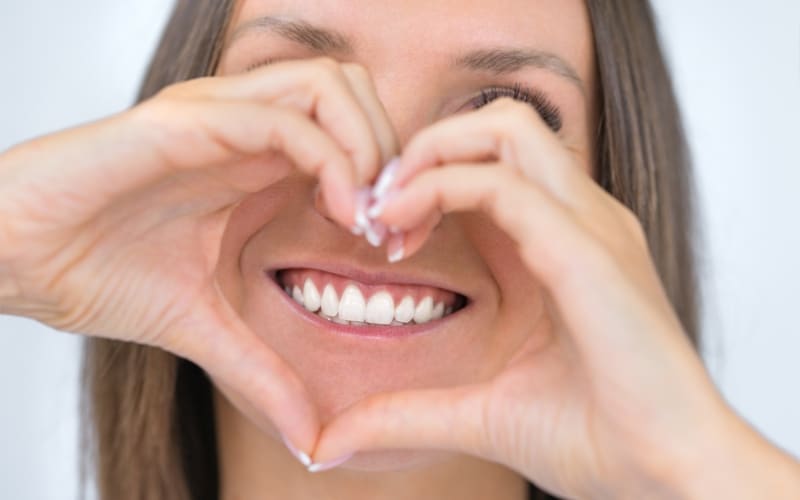
Teeth Whitening: Vital Things That You Must Know
Teeth whitening is a cosmetic dental procedure aimed at brightening discolored teeth. It involves using bleaching agents to remove stains caused by aging, consumption of certain foods and drinks, smoking, or poor dental hygiene. The process can be performed by a dentist in-office or at home using over-the-counter products.
Common whitening agents include hydrogen peroxide or carbamide peroxide, which penetrate the enamel to break down stains. While generally safe, following instructions carefully to avoid gum irritation or tooth sensitivity is essential. Teeth whitening can enhance smile aesthetics and boost confidence, but results vary depending on individual factors.
Different Methods of Teeth Whitening
Teeth whitening methods vary in effectiveness, convenience, and cost:
1. In-office whitening: Conducted by a dentist, this method involves the application of a high-concentration bleaching gel, often activated by light or laser. It provides quick and noticeable results but can be more expensive.
2. At-home whitening kits: These kits include whitening trays or strips filled with a lower-concentration bleaching gel. They’re convenient and cost-effective but may take longer to achieve desired results.
3. Whitening toothpaste: Contains mild abrasives or chemical agents to remove surface stains. While affordable and easy to use, they could be more effective for deep discoloration.
4. Whitening rinses: Like mouthwash, these products contain hydrogen peroxide to lighten teeth. They’re simple to incorporate into daily oral care routines but may take longer to show results.
5. Natural remedies: Some people use homemade remedies like baking soda or activated charcoal. While inexpensive, their efficacy and safety can vary and cause enamel damage if misused.
Choosing the right method depends on individual preferences, budget, and the severity of discoloration. Consulting with a dentist can help determine the most suitable approach for achieving a brighter smile.
Pros and Cons of Each Method
Here are the pros and cons of each teeth whitening method:
1. In-office whitening:
Pros:
– Professional supervision ensures safety and effectiveness.
– Provides quick and noticeable results, often in a single session.
– Tailored treatment plans can address specific needs and preferences.
Cons:
– Higher cost compared to other methods.
– Potential for tooth sensitivity or gum irritation, especially with higher-concentration bleaching agents.
– Requires scheduling appointments and visiting the dentist’s office.
2. At-home whitening kits:
Pros:
– Convenient and flexible, allowing whitening to be done at home.
– More affordable than in-office treatments.
– Many options are available, including trays, strips, and pens.
Cons:
– Results may take longer to achieve compared to in-office treatments.
– Less potent bleaching agents may yield less dramatic results.
– Risk of misuse or improper application, leading to uneven whitening or irritation.
3. Whitening toothpaste:
Pros:
– Easily incorporated into daily oral care routines.
– Affordable and widely available.
– Can help maintain whiteness after professional treatments.
Cons:
– Typically less effective for deep or intrinsic stains.
– Results may be subtle and take time to appear.
– Abrasive formulations may cause enamel wear with prolonged use.
4. Whitening rinses:
Pros:
– Simple to use, requiring only swishing for a specified time.
– Helps freshen breath and improve overall oral hygiene.
– Gentle on teeth and gums.
Cons:
– Results may take several weeks to become noticeable.
– Less effective for significant discoloration.
– May not be suitable for individuals with sensitive mouths or allergies to certain ingredients.
5. Natural remedies:
Pros:
– Inexpensive and often readily available at home.
– Perceived as more natural and chemical-free by some individuals.
– Can be used as a supplementary method alongside regular oral care.
Cons:
– Limited scientific evidence supporting efficacy.
– Potential for abrasive damage to enamel with specific remedies like baking soda.
– Variable results and potential for inconsistency.
Tips for Maintaining White Teeth
Here are five tips for maintaining white teeth:
1. Maintain good oral hygiene: Brush your teeth at least twice daily with fluoride toothpaste and floss daily. This helps remove plaque and prevent staining from developing.
2. Limit stain-causing foods and drinks: Reduce consumption of coffee, tea, red wine, and dark-colored berries, which can stain teeth over time. If you indulge, rinse your mouth with water afterward or use a straw to minimize contact with your teeth.
3. Quit smoking: Tobacco products contain tar and nicotine, which can cause yellow teeth and contribute to overall oral health problems. Quitting smoking can help prevent further discoloration and improve overall oral health.
4. Visit your dentist regularly: Regular dental check-ups and professional cleanings can help maintain white teeth by removing surface stains and promptly addressing oral health issues.
5. Consider touch-up treatments: If you’ve undergone professional whitening treatments, consider touch-up treatments as recommended by your dentist to maintain your results over time. At-home whitening products can also be used periodically to keep your teeth looking bright.
Common Misconceptions about Teeth Whitening
Here are five common misconceptions about teeth whitening:
1. “Whitening toothpaste alone can drastically whiten teeth”: While whitening toothpaste can help remove surface stains, it typically doesn’t contain bleaching agents strong enough to lighten deep discoloration significantly.
2. “Whitening lasts forever”: Teeth whitening is not permanent. Over time, teeth can become stained again due to factors like diet, smoking, and natural aging. Maintenance and occasional touch-ups are often needed to sustain results.
3. “Natural remedies are as effective as professional treatments”: While some natural remedies like baking soda or activated charcoal may show slight improvements in teeth whitening, they are generally less effective than professional treatments and may cause enamel damage if misused.
4. “Whitening works for everyone”: Not all types of discoloration respond equally well to whitening treatments. For example, whitening may be less effective for teeth with intrinsic staining caused by factors like medication use or dental trauma.
5. “The stronger the bleaching agent, the better the results”: Using higher concentrations of bleaching agents doesn’t necessarily lead to better or faster results. It can increase the risk of tooth sensitivity, gum irritation, and enamel damage if not used under professional supervision. The effectiveness of whitening treatments depends on various factors, including the type and severity of staining and individual oral health.
Natural Ways to Whiten Your Teeth
Here are five natural ways to help whiten your teeth:
1. Baking soda: Baking soda, or sodium bicarbonate, is mildly abrasive and can help remove surface stains from teeth. You can mix a small amount with water to form a paste and brush your teeth with it a few times a week.
2. Hydrogen peroxide: Hydrogen peroxide has bleaching properties and is commonly found in whitening products. You can use a diluted solution (around 1.5-3% concentration) as a mouthwash or mix it with baking soda to form a paste for brushing. However, use caution to avoid swallowing it, and do not use concentrations higher than recommended as it may irritate.
3. Apple cider vinegar: Apple cider vinegar has natural acidic properties that may help remove surface stains on teeth. However, it’s essential to dilute it with water and rinse your mouth thoroughly afterward, as its acidity can erode tooth enamel if used undiluted or too frequently.
4. Eating crunchy fruits and vegetables: Crunchy fruits and vegetables like apples, carrots, and celery can help scrub away plaque and surface stains from teeth while stimulating saliva production, which helps neutralize acids and strengthen tooth enamel. Incorporating these foods into your diet can improve oral health and brightness.
In conclusion, achieving a brighter smile through teeth whitening is possible and accessible through various methods, including natural remedies and professional treatments. Whether using household staples like baking soda or seeking expert care at Singh Smile Care Glendale, options abound to enhance your smile’s radiance.
Maintaining white teeth can be a lasting endeavor with proper maintenance and occasional touch-ups. For residents seeking teeth whitening in Glendale, Singh Smile Care offers personalized solutions tailored to individual needs. Embrace the confidence of a dazzling smile today, book your appointment with Singh Smile Care Glendale, and illuminate your smile’s potential!





